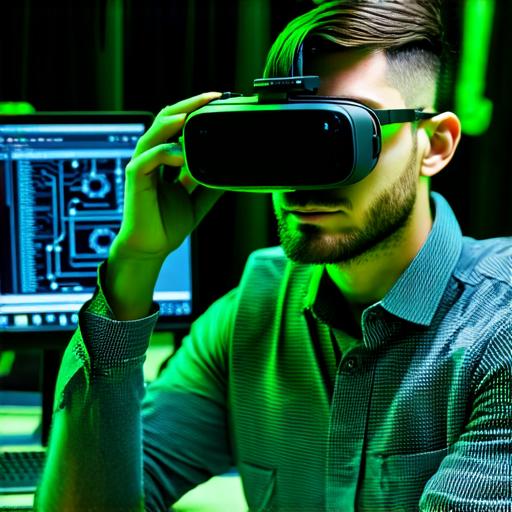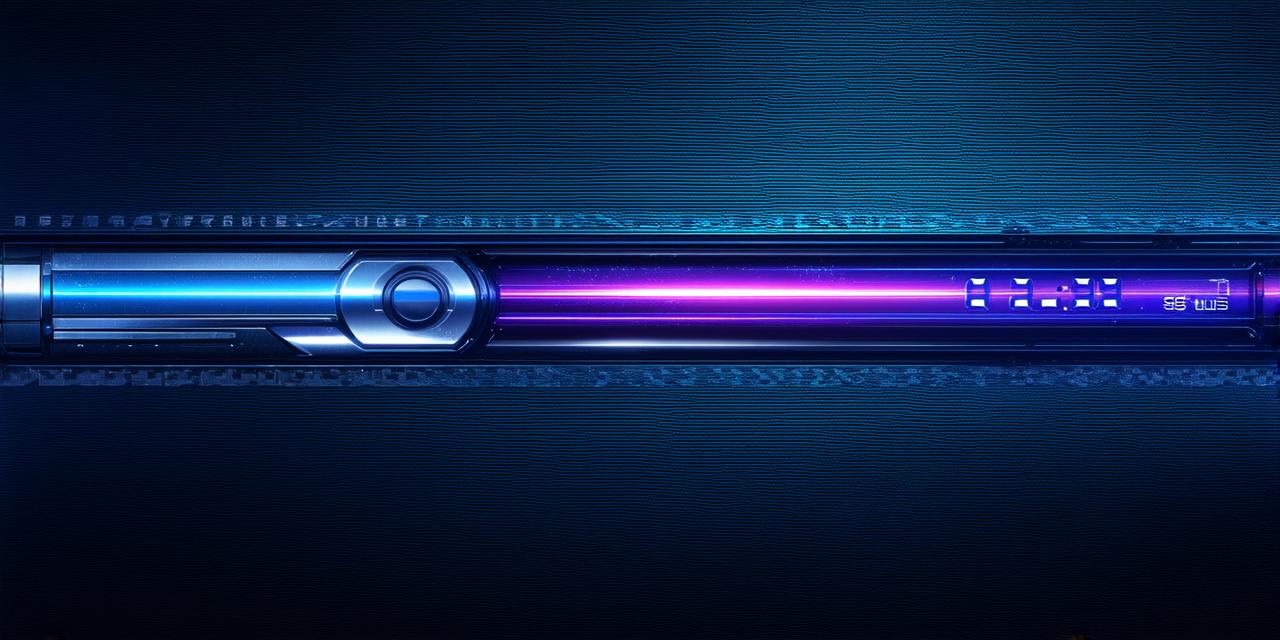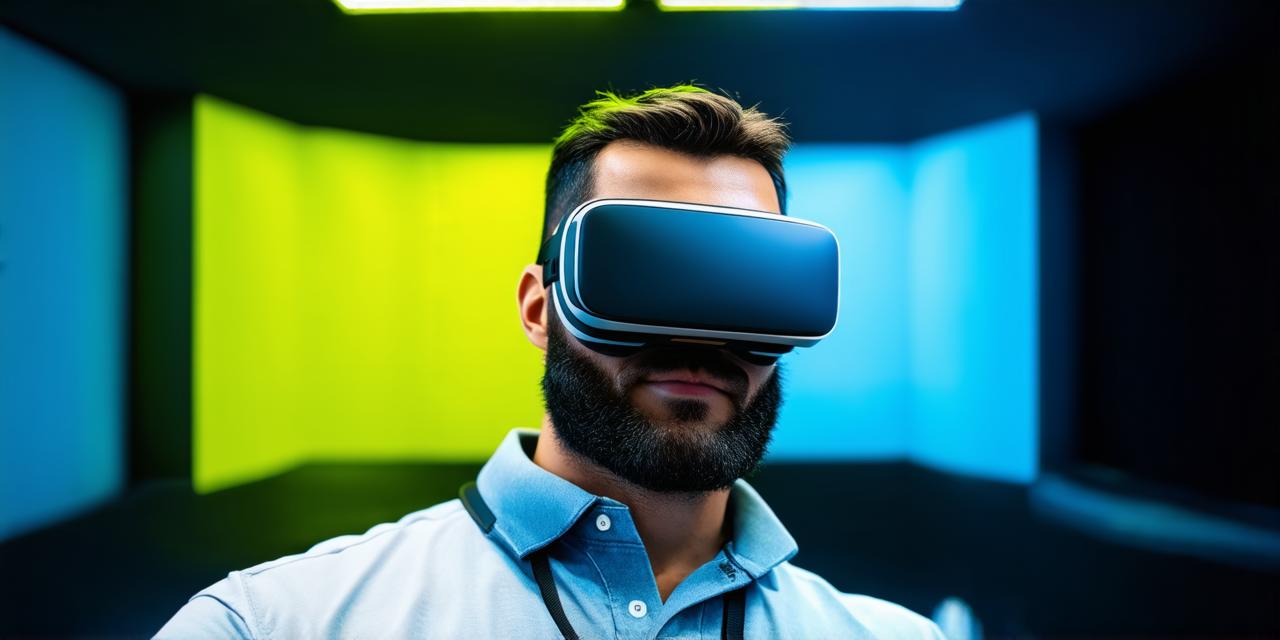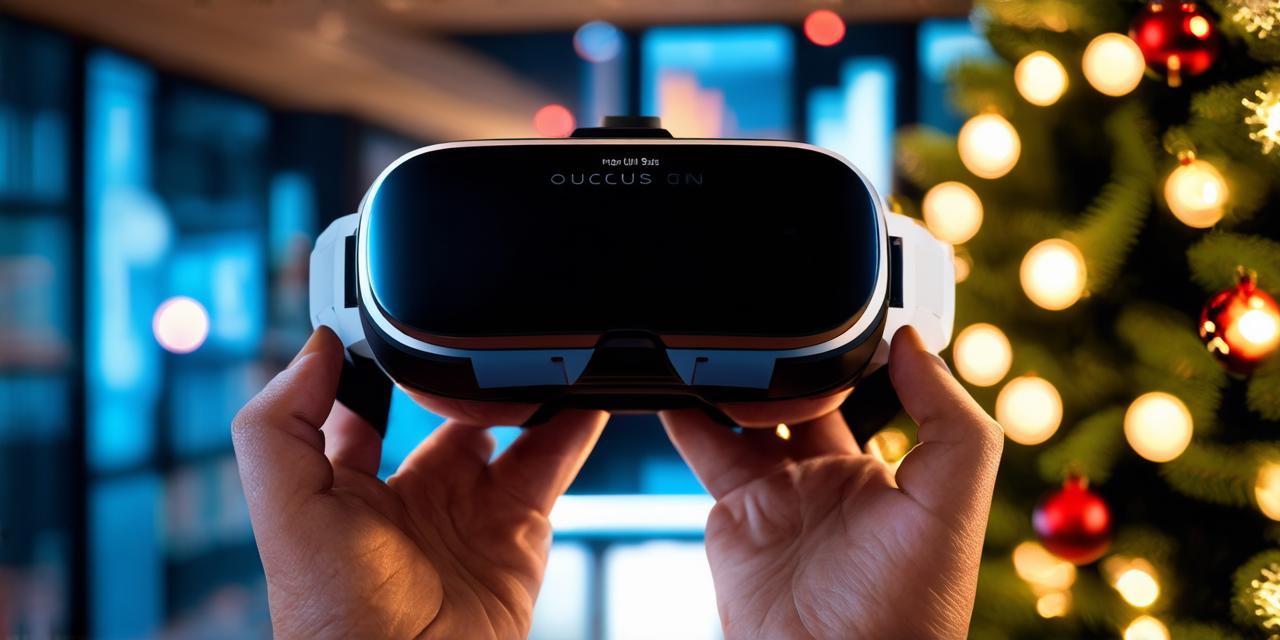Introduction:

Virtual reality (VR) technology is rapidly changing the way we experience and interact with digital content. As an AR developer, you may be wondering what type of engineering is involved in creating VR experiences. In this article, we will explore the various types of engineering that go into developing VR and their applications in the world of AR.
1. Computer Science Engineering:
Computer science engineering plays a crucial role in developing VR technology. It involves designing and implementing algorithms, software, and hardware systems that enable users to interact with virtual environments. For instance, computer vision algorithms are used to track user movements and translate them into virtual reality experiences. Additionally, computer scientists also design and develop the programming languages, tools, and platforms used to create VR content.
2. Electrical Engineering:
Electrical engineering is another important discipline in VR development. It deals with the design and implementation of electronic circuits and systems that power VR devices. This includes developing sensors, processors, and other components that enable users to interact with virtual environments in real-time. Electrical engineers also ensure that the power supply systems used in VR devices are efficient and safe for users.
3. Mechanical Engineering:
Mechanical engineering is involved in designing and manufacturing the physical hardware required for VR experiences. This includes the design of VR headsets, controllers, and other input devices that allow users to interact with virtual environments. For example, mechanical engineers must ensure that these devices are comfortable to wear and use, and that they can withstand the rigors of daily use. Additionally, they also design the tracking systems used in VR devices to accurately track user movements.
4. Human Factors Engineering:
Human factors engineering is a branch of engineering that focuses on designing products and systems that are safe, comfortable, and easy to use for humans. In VR development, human factors engineers work to design virtual environments that are immersive, engaging, and intuitive for users. This includes designing controls and interfaces that allow users to interact with virtual environments in a natural and intuitive way. Additionally, they also ensure that the ergonomics of VR devices are comfortable for extended use.
5. Cognitive Engineering:
Cognitive engineering is a relatively new field of engineering that focuses on understanding how people think and make decisions. In VR development, cognitive engineers work to design virtual environments that mimic real-world experiences as closely as possible. This includes designing simulations that accurately replicate the sensory and cognitive processes involved in real-world activities. Additionally, they also design interfaces that facilitate natural interactions with virtual environments.
Summary:
In conclusion, developing VR technology involves a wide range of engineering disciplines. From computer science engineering to mechanical engineering and human factors engineering, each discipline plays a crucial role in creating immersive and engaging VR experiences. As an AR developer, it is important to understand the various types of engineering involved in VR development and how they can be applied to create effective and engaging AR experiences. By leveraging the latest technology and techniques in VR development, you can create innovative and impactful AR experiences that resonate with your target audience.




